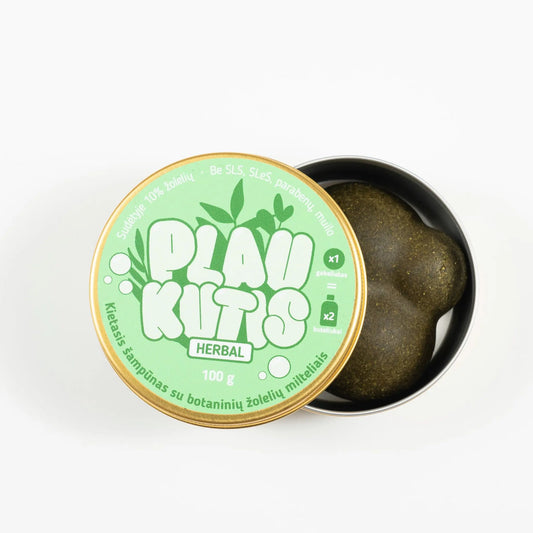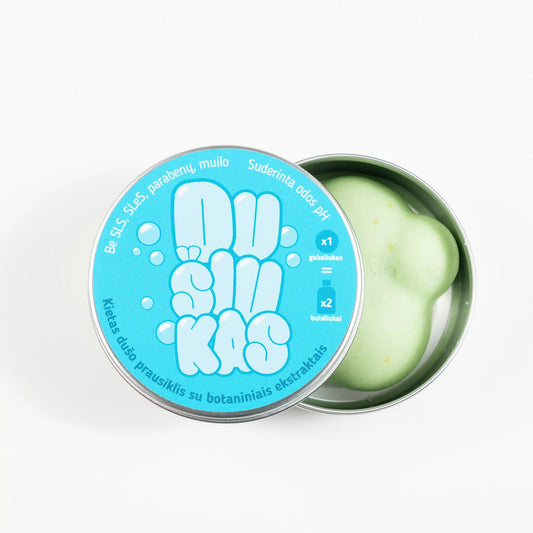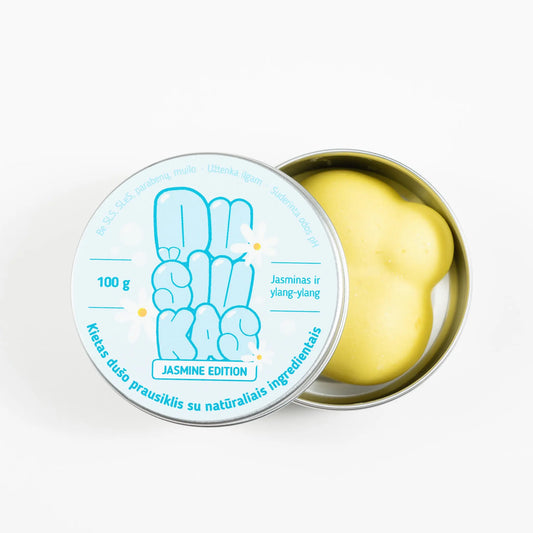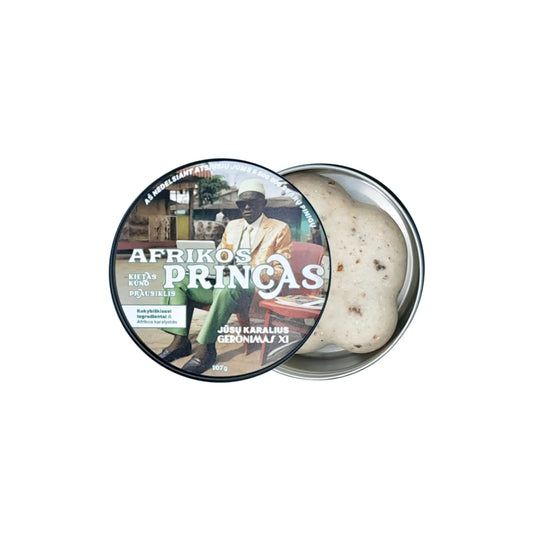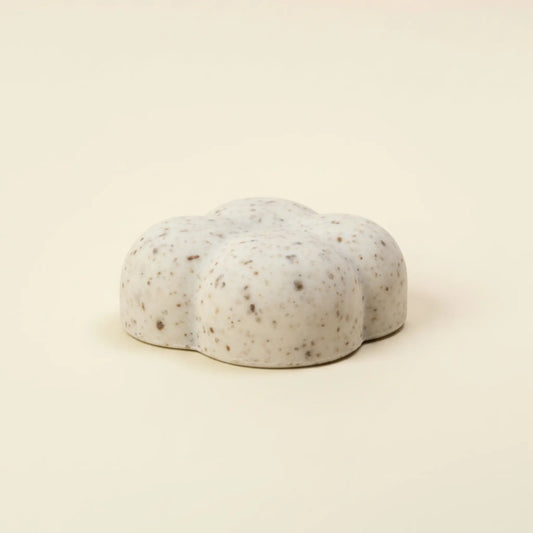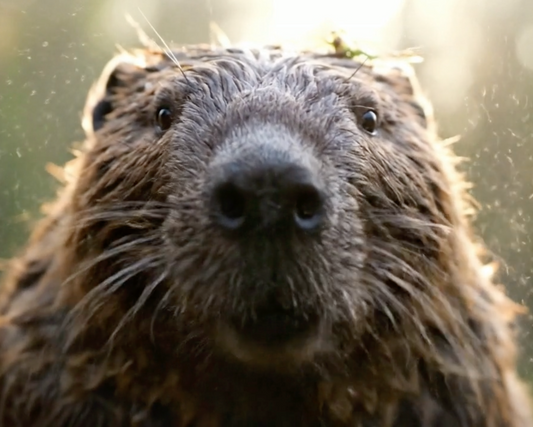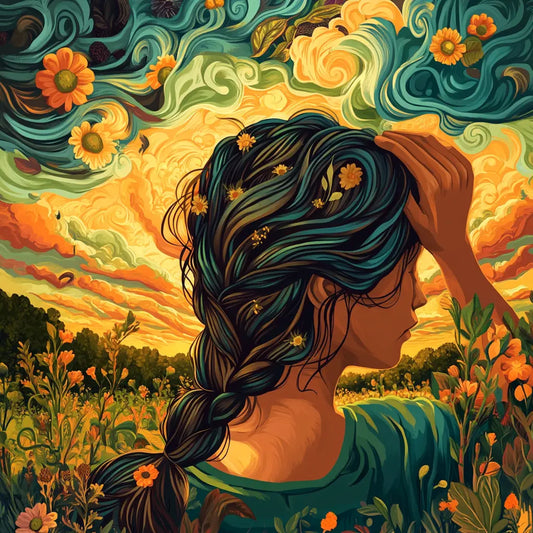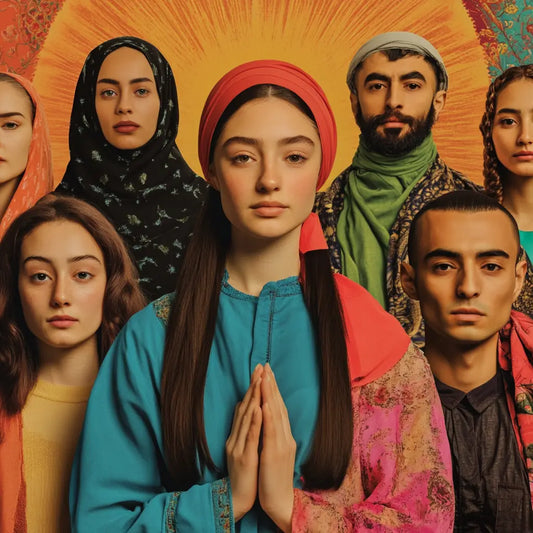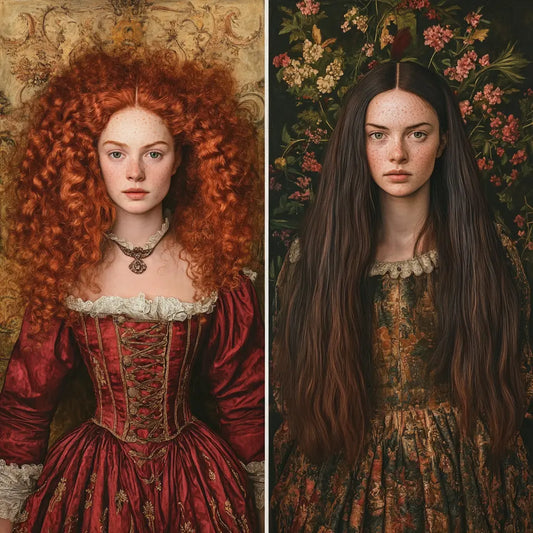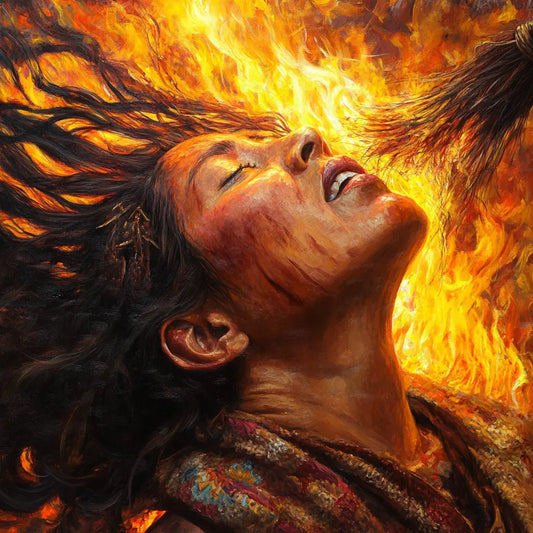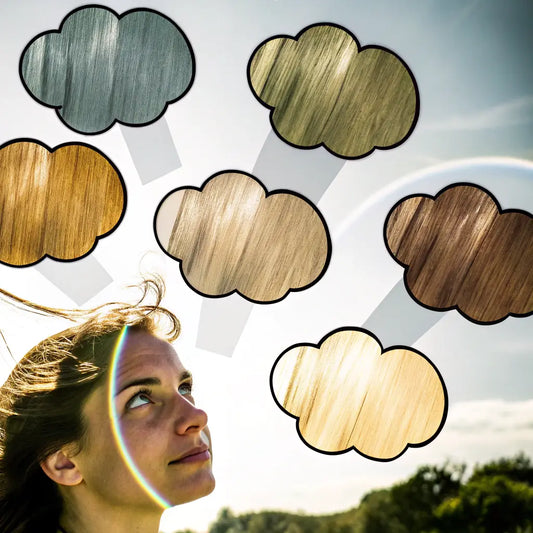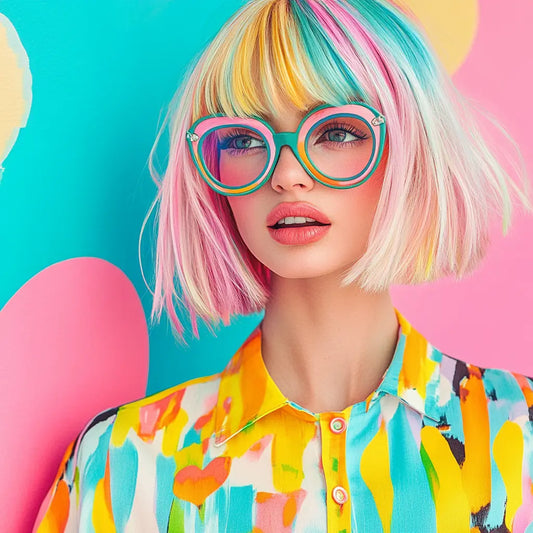You may have noticed that your childhood blonde hair has darkened over time, or that sunlight has lightened your hair over time. Hair color changes are a natural phenomenon, and they happen for a variety of reasons, including genetics, hormonal changes, and environmental factors. In this article, we’ll delve into the causes of these natural hair color changes, provide interesting facts, and practical tips on how to maintain healthy and beautiful hair at any stage of life.
1. Natural hair color changes
Our hair color changes with age due to changes in melanin production . Melanin is the pigment that gives hair its color, and it comes in two types: eumelanin , responsible for black and brown hair, and pheomelanin , responsible for red and blonde shades. The amount and combination of each type of melanin determines your natural hair color.
As people age, some people's hair darkens , while others notice that it lightens . This isn't just about graying—hair color can change throughout life, from childhood to old age. These changes are driven by genetics, hormonal fluctuations, and environmental factors.

2. Genetics and hair color changes
Genetics are one of the most important factors in determining whether your hair will darken or lighten with age. The genetic information you inherit affects the activity of melanocytes, the cells responsible for producing melanin in hair follicles.
Why some people's hair darkens with age
Most people's hair darkens during adolescence, when melanin production increases. Eumelanin levels increase during adolescence, causing hair to darken. This explains why children who were originally blonde eventually turn brown or black. Studies show that up to 74% of children who were originally blonde grow darker.
- Cultural example : In Scandinavia, it is common for children to be born with blond hair, but over time their hair darkens. This phenomenon even has its own name – “Scandinavian hair change” – and is considered a characteristic genetic trait of this population.

Genetics also play a role in hair graying, and for some people it can start as early as their 20s.
Why does other people's hair lighten with age?
Although it's less common, some people's hair lightens with age. This can happen due to a decrease in melanin production, which can be caused by genetics or environmental factors. Some people with dark brown or black hair notice that their hair starts to lighten as early as their 40s, before they start to turn gray.
3. Hormonal changes and their effect on hair color
Hormonal fluctuations also have a significant impact on melanin production , especially during life stages such as adolescence, pregnancy, and menopause. These changes can affect hair color both temporarily and permanently.
The effects of hormones during adolescence and pregnancy
During adolescence, androgenic hormones increase, which promote hair darkening. This explains why many children experience a change in hair color from light to dark during adolescence.
- Fun fact : A study conducted at Harvard Medical School showed that 30% of teenagers with light brown or blond hair experienced noticeable darkening of their hair during adolescence.

Hormonal changes during pregnancy can also temporarily change hair color. Some women experience hair darkening or lightening due to changes in estrogen and progesterone levels.
Hormonal changes during menopause
Menopause causes hormonal changes that can lead to both graying and lightening of hair. Decreased estrogen levels slow down melanin production, which leads to graying. In some women, hair also loses its vitality and becomes lighter.
- Interesting statistics : Studies show that 50% of women over 50 experience hair thinning or lightening due to hormonal changes during menopause.
4. Environmental and lifestyle factors
In addition to genetics and hormones, environment and lifestyle also have a significant impact on hair color. Factors such as sun exposure , diet , and lifestyle can cause hair to darken or lighten.
Sun exposure and hair lightening
Sunlight can lighten hair through a process called photobleaching . The sun's UV rays break down the melanin pigments in hair, causing lighter shades. This effect is more noticeable in people with lighter hair, but even dark-haired people can notice their hair lightening in the sun.

- Cultural example : In countries like Brazil, where people spend a lot of time outdoors, it is common to see naturally dark-haired people with sun-lightened ends.
- Fun fact : According to a study published in the journal Photodermatology, Photoimmunology & Photomedicine , 25% of people living in areas with high UV exposure experience significant hair lightening during the summer months.
Nutrition and hair color
Nutrition also affects hair pigmentation. A balanced diet rich in vitamins and minerals , especially vitamin B12 , zinc , and copper , helps maintain healthy melanin production. A deficiency in these nutrients can lead to premature graying or fading of natural hair color.
- Interesting study : A study published in the International Journal of Trichology found that people with low levels of vitamin B12 are 30% more likely to experience premature graying.

5. Debunking myths about hair color changes
-
Myth : If you pluck one gray hair, two new ones will grow.
- Fact : This is not true. Plucking a gray hair will not affect the surrounding follicles. However, frequent plucking can damage the follicles and cause hair thinning.
-
Myth : Only older people go gray.
- Fact : Graying can begin as early as age 20. Genetics play a big role in when hair starts to gray, and early graying is common in some families.
-
Myth : Stress is the only cause of graying.
- Fact : While stress can speed up graying, genetics are a major factor. Stress can speed up the process, but it's not the only cause.
-
Myth : Hair dye permanently changes the natural color of your hair.
- Fact : Hair dye only affects the hair shaft. Your natural color will grow back if it is not affected by age or biological changes.
-
Myth : All people turn gray with age.
- Fact : Not all people go gray. Some people retain their natural hair color even into old age due to genetic factors.
Practical tips for managing hair color changes
- Protect your hair from UV rays : Use hair care products with UV protection or wear hats to reduce sun exposure.
- Maintain a balanced diet : Make sure your diet is rich in vitamins B12, zinc, and copper , which support healthy melanin production.
- Drink enough water : Well-hydrated hair retains its natural shine and vitality for longer.
- Avoid using excessive heat : High temperatures can damage your hair and affect its pigmentation in the long run.
- Reduce stress : Practice mindfulness exercises, exercise, and engage in activities that help reduce stress, as these can affect melanin production.

FAQ: Frequently asked questions about hair color changes
-
Why did my blonde hair turn darker in my teens?
- During adolescence, hormones stimulate melanin production, which is why many people's hair darkens during this period of life.
-
Can sun exposure permanently lighten my hair?
- Prolonged sun exposure can temporarily lighten hair, but the natural color will grow back if melanin production is intact.
-
Can a poor diet affect my hair color?
- Yes, nutritional deficiencies, especially vitamin B12 and copper deficiency, can cause premature graying or fading of hair color.
-
Does gray hair grow faster than natural hair?
- No, gray hair does not grow faster; it simply becomes more noticeable due to the contrast with the natural hair color.
-
Does stress really cause gray hair?
- Stress can contribute to graying by reducing the number of melanocytes, but it is not the only cause. Genetics has the biggest influence.

Conclusion: Embrace hair color changes
Hair color naturally changes with age, driven by genetics, hormones, and environmental factors. Whether your hair darkens as a teenager or lightens over time, these changes are a normal part of aging. By understanding the science of hair pigmentation, you can take steps to maintain healthy, beautiful hair at every stage of your life. Embrace the journey—your hair tells the story of your life, and every color is worth celebrating.

